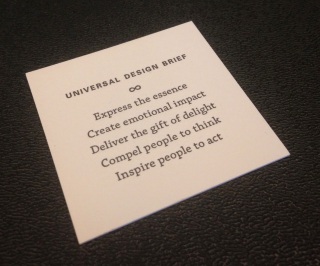On the heels of finishing up our fall season, I’m reflecting on how much actually goes into the book making process. Publishing books is more involved than meets the average eye. Most people who are not in the industry have little insight as to how a book is made and just how long it can take. It is essential to ensure the information is accurate. In every book, this attention to quality can make a huge difference in its reviews and the publishers reputation. Educators are passionate about the information they instill in our children, for the future of our country and around the world. I’d like to share some info on the process:
A successful author needs to do extensive research to get the facts correct. Whether the subject is fiction or nonfiction, research is a must. Once a manuscript is completed it is reviewed by an editor. There are so many factors to consider here: Age level, interest level, photos or illustrations? The search begins. Which artist would best illustrate the mood and the message? Which photos would best represent what is being conveyed in the text? This step is shared between the editor and designer, along with the author’s consideration and input. Once all have come to an agreement of what best suits the subject matter, the layout process begins.
First is what we call a rough dump. The typesetter flows the copy into a rough layout. Size is also considered at this point. How big or small should the trim size of this book be? Small hands? Easy to carry and travel with? Novel or a beautiful large picture book? The designer now holds this raw document and begins to perform their magic. To create emotional impact and deliver the gift of delight. To compel people to think and inspire people to act. A passionate designer accomplishes this with great rewards, not only to their own hearts and souls but also for the delight and understanding of others.
 |
|||||
|
The entire book begins to emerge when sketches from the artist or low res images from our photo research department are received. Place, replace, reposition, revise, re-sketch, whatever it takes to harmonize and make this baby sing! This round of work goes between the designer, the production editor, the photo researcher, and the editor to be honed and refined until finally one day, voila! We are ready to move on to the next step, giving the go-ahead for final artwork from the artist or ordering the hi res images from various sources. Images can be tricky as each book has its own photo budget and different sources come with different fees for usage.
With all the necessary pieces in place, the next stop this growing baby evolves to is our PreMedia department for placing hi res images and performing specialized prepress work. This is a crucial step a book needs to make in order to stay on track for the printer and bindery deadlines. They prepare and polish the document through several proofing stages until it’s printer ready, paying close attention to color corrections, pagination, precision of knock outs and image quality amongst numerous other design elements and concerns. And finally, we view beautiful full color printer proofs! This is as close as we’ll get to seeing how the actual printed piece will look.
When all are satisfied, the book moves yet again into the production deptartment. This is where the paper has been ordered and the printer determined, and the book can now finally move on to be printed.
So now that we have the printed material, what do we do? Ship it on to Muscle Bound Bindery to be bound with high tech library bound standards. From there it ships to the Distribution Center where the final product is cataloged, shelved, and ready to ship once orders are received.
Keep in mind this all happens in one season, and there are two seasons in a publisher’s year. The production of photo driven books can be accomplished in that six month period. Illustrated books begin at least a year before in order to hit their mark. If any one of the tasks listed above falls behind schedule, it can create a domino effect throughout the other departments, causing a book to fall behind and miss its printer due date. It may not be ready in time for that season’s sales. In the publishing business, that is not an acceptable outcome. Completing a book on time is essential for sales, which lets face it, is the reason publishers are in business. It is of utmost importance to stay on schedule. All of our passion and hard work as well as the time and money spent could suffer great consequences. This season, we did it. We once again made our deadlines!
In our own Editor in Chief, Patricia Stockland’s words, “Well done, everyone. Well Done!” Go Team!!